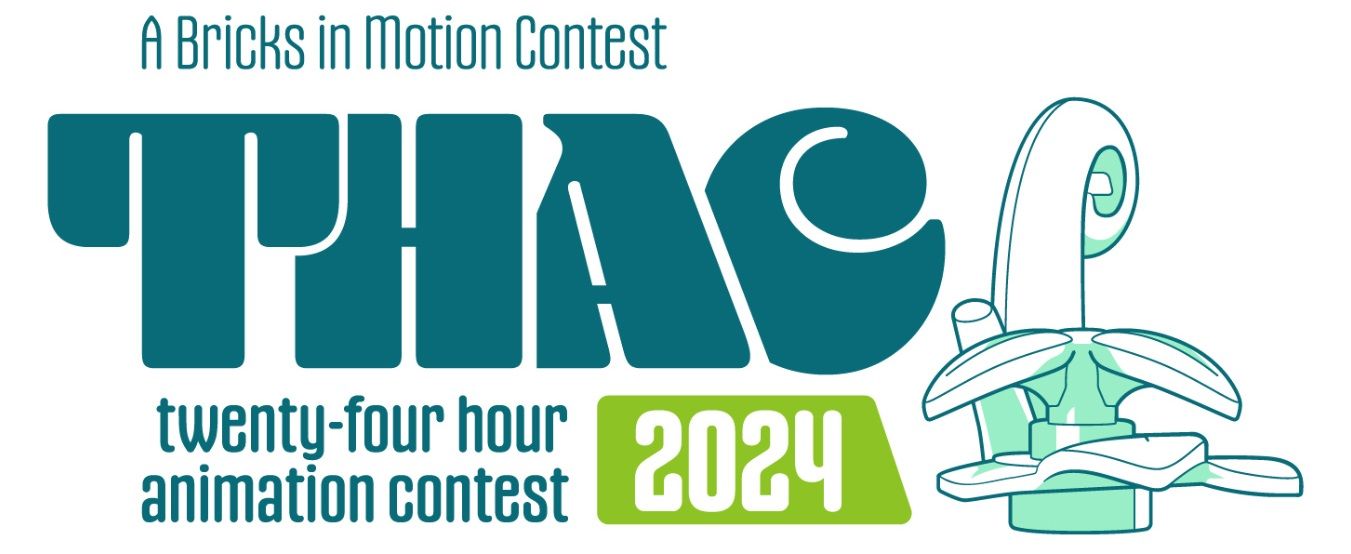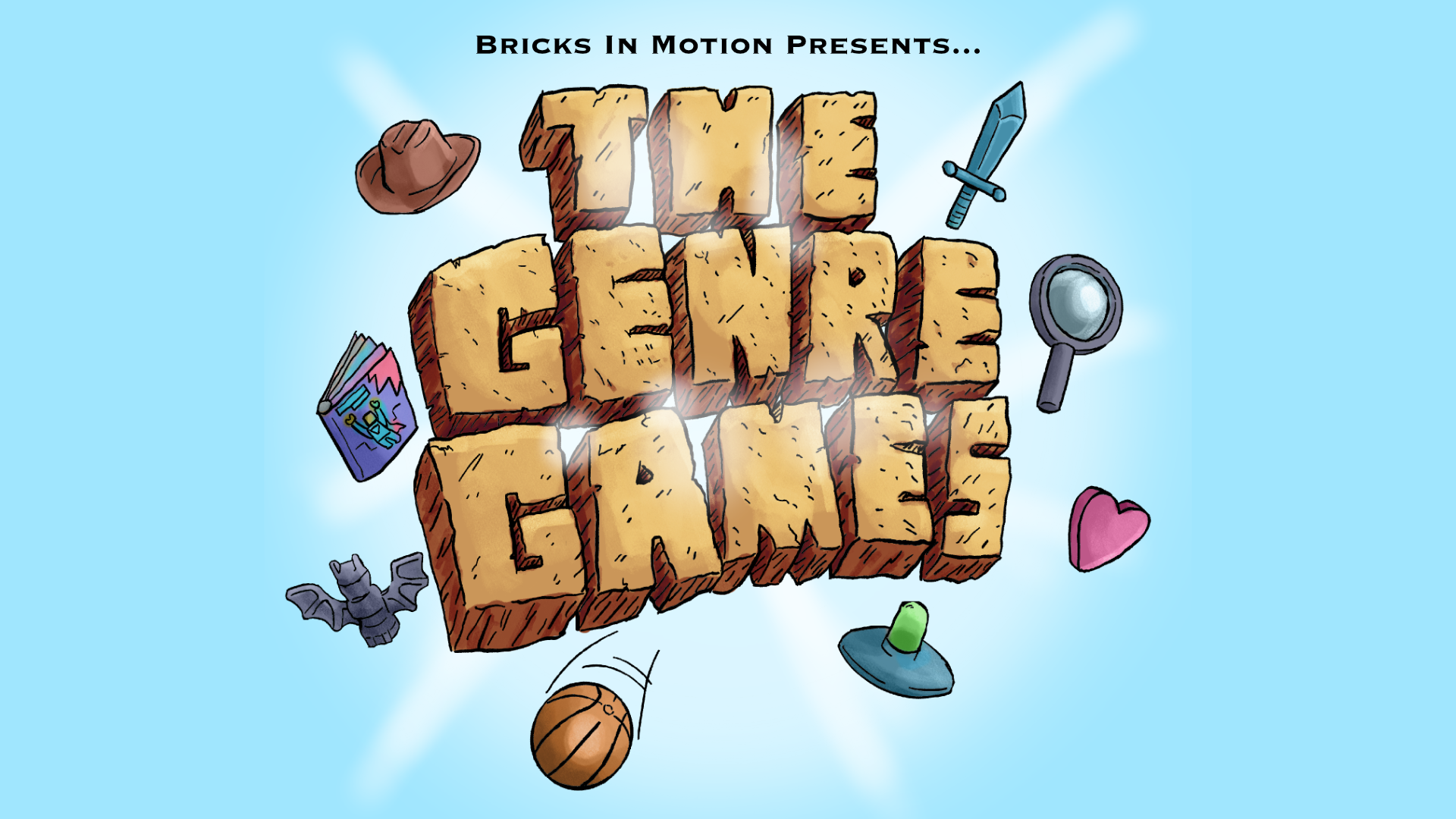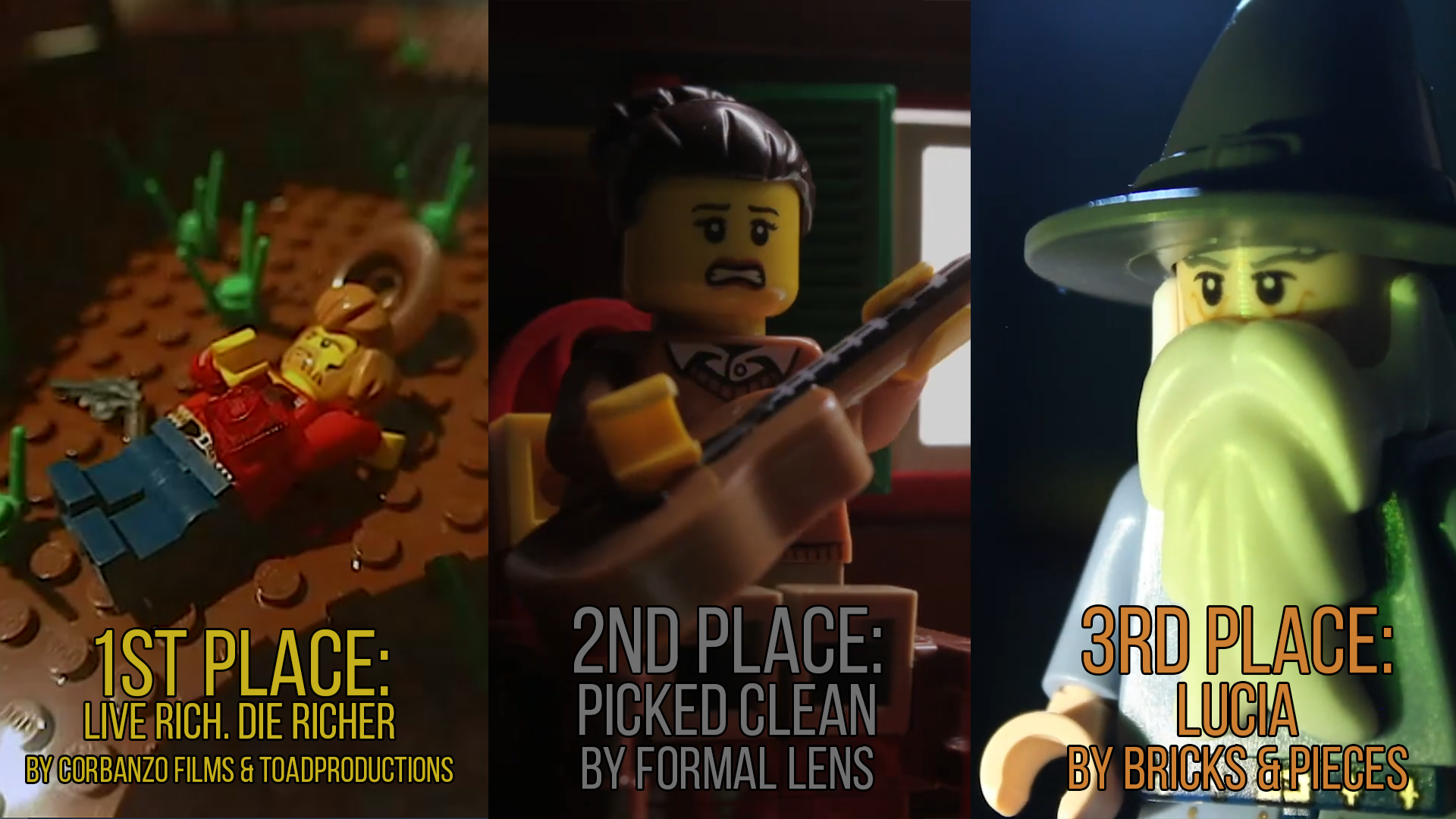Is this in the right thread?
I guess in some way it is production of animating and such.
Look personally for me, although I do find these interesting. I feel these kind of shot's are meant to be just shots or better yet ''Frames''.
I do feel this is a very unique idea, but one thing we have to remember is that looney toons is a cartoon (3D animation and being drawn up) while brick films are live stop motion so their very different and brickfilm's aren't as leaniant and are more limited than a cartoon. We can't psychically make a minifig bend his legs, or make him hold another minifigs hand, however we can do it in the name of illusion, changing camera view and perspective, changing view of appearance/shot.
Although I don't agree with you GHB, on the fact a brickfilm with simple, uncreative movements I'll get a bit bored, and that their childish. Most brickfilms that are made by professionals such as Smeagol, minifig051, Squid, pritchard studios all do fantastic brickfilms, yet you say they are uncreative movements? You know I find this rather interesting and funny, because before Sloth posted this picture and thread, no one was complaining about brick films having ''uncreative movements'' or being ''childish''. Yet now that a new idea has come to mind people think differently of brickfilms and find them dull and boring?
Don't forget how hard and how long it takes to make a brickfilm my friend. It is a lot of work and patience. Sure it's nice to do new ideas and try different techniques, but the fundamentals to a brickfilm are what they are today, being simple yet elegant and very effective.
Doing these techniques would take A LOT more time, not only to practice and get right but all together in animating as well. I find it intriguing but unnecessary. As you know a lot of people on here are teens, and they go to Uni or School, or have RL obligations. It's hard enough to produce a normal brickfilm as it is, as it's time consuming.
All in all I do find it intriguing and interesting, and like the photo. But as said this is better used as a frame, or Shot rather than to be animated or used for anything more would be really irrelevant.
This is of course my personal opinion it's not to say I wouldn't attempt it, or try it out. But I don't think people should just opt and change to this kind of technique I think it would really change the brickfilming community as a whole, and would effect a lot of the new members to brick filming. Brickfilming is enjoyable cause it can be put simply and easy to do, its only time consuming and requires a lot of patience.
Let's not turn and forget the main concept behind brickfilming and change it into something it really isn't.
Sincerely,
Divine.
RELEASED! Check out my channel to watch it!
Check out my Youtube Channel New Vid every week:
https://www.youtube.com/channel/UCy5NKN … 7cRn8gsNaw
 Behind enemy lines - closer view by Shobrick, on Flickr
Behind enemy lines - closer view by Shobrick, on Flickr










